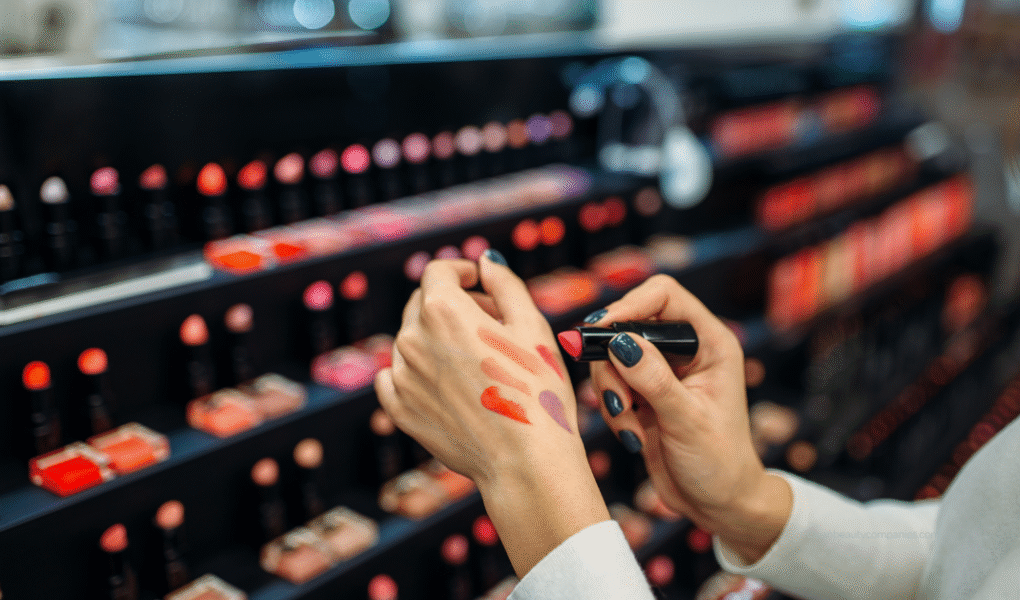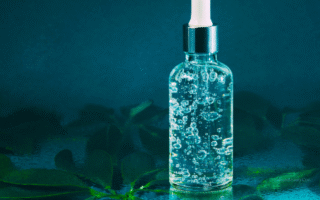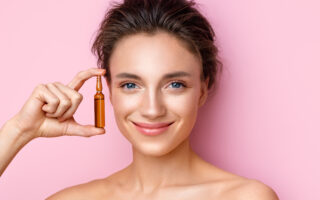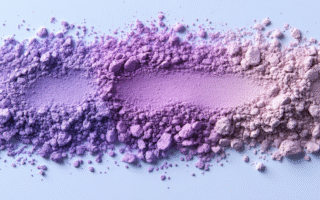Titanium dioxide (TiO₂) has long been a staple in beauty formulations, valued for its brightening power and UV protection. In lipsticks, balms, or glosses, it usually appears on ingredient labels as CI 77891. But lip products are unique. Unlike powders or serums, they don’t just sit on skin. They’re worn on the mouth, reapplied often, and inevitably ingested in small amounts.
Earlier this year, a California court ruled that blanket titanium dioxide cancer warnings in cosmetics were misleading
What the Regulators Say
- FDA (U.S.) – Titanium dioxide is an approved color additive in cosmetics, including lip products, with no strict upper limit. It’s generally used at 1–2% in lip formulas. The FDA considers exposure from lipsticks minimal compared to food, where TiO₂ has also been used (think: candies, frostings).
- EU – In 2022, the EU banned titanium dioxide (E171) in food due to concerns about nanoparticle accumulation. But in cosmetics, including lipsticks, it remains permitted. The EU’s Scientific Committee on Consumer Safety (SCCS) reaffirmed in 2021 that TiO₂ is safe in cosmetics — even in nanoparticle form — when used as intended.
Why Clean Beauty Consumers Hesitate
For the clean beauty movement, regulatory approval doesn’t always equal a free pass. Concerns focus less on immediate harm and more on long-term unknowns:
- Ingestion – Adults ingest tiny amounts of lip products daily (nanograms to micrograms of TiO₂). That’s a fraction of dietary exposure but still not zero.
- Nanoparticles – Some titanium dioxide is nano-sized (<100 nm), which can behave differently in the body. Studies suggest nanoparticles may accumulate in the gut, though systemic toxicity hasn’t been demonstrated at cosmetic levels.
- Speculative Risks – Animal studies have hinted at neuroinflammation and behavioral effects at very high doses. While not directly applicable to trace lipstick use, these findings fuel a “better safe than sorry” mindset.
The Clean Beauty Lens
For many, especially pregnant women or parents, the peace of mind of a titanium dioxide–free lipstick outweighs the convenience of opacity or SPF protection it brings.
Alternatives are out there but limited.
The Titanium Dioxide Business
Titanium dioxide (TiO₂) isn’t just a cosmetic ingredient. It’s a $20+ billion global industry with deep roots in paints, plastics, paper, and construction. Cosmetics — lipsticks, sunscreens, powders — represent only a sliver of total demand, but they tap into the same supply chains that feed trillion-dollar sectors.
Major Players
Titanium dioxide is a high-demand pigment used across paints, plastics, paper, inks and cosmetics. Below are the major producers that mine, process, and sell TiO₂ globally.
| Company | Headquarters | Key Details | Est. TiO₂ Revenue |
|---|---|---|---|
| Tronox Holdings | USA | World’s largest integrated TiO₂ producer; owns mines and pigment plants globally. | $2–3B |
| Chemours (Ti-Pure®) | USA | DuPont spin-off; Ti-Pure® dominates US/EU markets; chloride process leader. | ~$2.5B |
| LB Group | China | Asia’s top producer; >1M tons/year via sulfate process; cost competitive. | $2B+ |
| Kronos Worldwide | USA | Nearly 100% of revenue from TiO₂ pigments; strong North America/Europe presence. | ~$1.8B |
| Venator Materials | UK | Focus on rutile-grade pigments for outdoor coatings; expanding in Asia. | ~$1.5B |
| Lomon Billions | China | Expanding exports to cosmetics and paper; acquisition growth strategy. | ~$1.2B |
| CNNC Hua Yuan | China | State-backed, high-volume domestic supplier with growing exports. | ~$800M |
| Tayca Corporation | Japan | Specialty nano-TiO₂ aimed at sunscreens and cosmetics; R&D focus. | ~$500M |
| Ishihara Sangyo Kaisha | Japan | Niche grades for electronics and specialty applications. | ~$300M |
For clean beauty consumers, transparency isn’t just ethical — it’s about safety. Titanium dioxide is mined from ilmenite or rutile, and processing methods (sulfate vs. chloride) can affect purity. Impurities, trace metals, or variable nanoparticle sizes may be present depending on the source and refinement.
Yet most cosmetic brands don’t disclose where their TiO₂ comes from, how it’s purified, or whether it contains nano-forms, leaving consumers in the dark. Clean beauty advocates argue that knowing the origin, purification method, and particle size is essential for assessing potential health risks, even when regulatory bodies consider TiO₂ generally safe.
Takeaway: Beyond regulatory approval, knowing source and purity allows consumers to make informed choices about exposure, particularly in products like lipsticks that can be ingested. Transparency here aligns with the precautionary principles central to clean beauty.
Should You Avoid Titanium Dioxide in Lip Products?
- General Consumers – Current evidence suggests no need to worry. Regulators view cosmetic exposure as safe, and there’s no direct evidence linking lipsticks to health harms.
- Clean Beauty Enthusiasts – Avoiding TiO₂ makes sense if your ethos is to minimize any possible risk, however small.
- Pregnant or Risk-Averse Groups – Choosing TiO₂-free products may bring peace of mind, even without conclusive science.
Practical Tips
- Check Labels – Look for “titanium dioxide” or “CI 77891.”
- Choose Alternatives – Consider brands highlighting “titanium dioxide–free” claims.
- Limit Use – Wipe off lip products before eating, or simply reapply less often.
- Stay Informed – Regulatory positions evolve. Keep an eye on FDA, SCCS, and clean beauty platforms for updates.
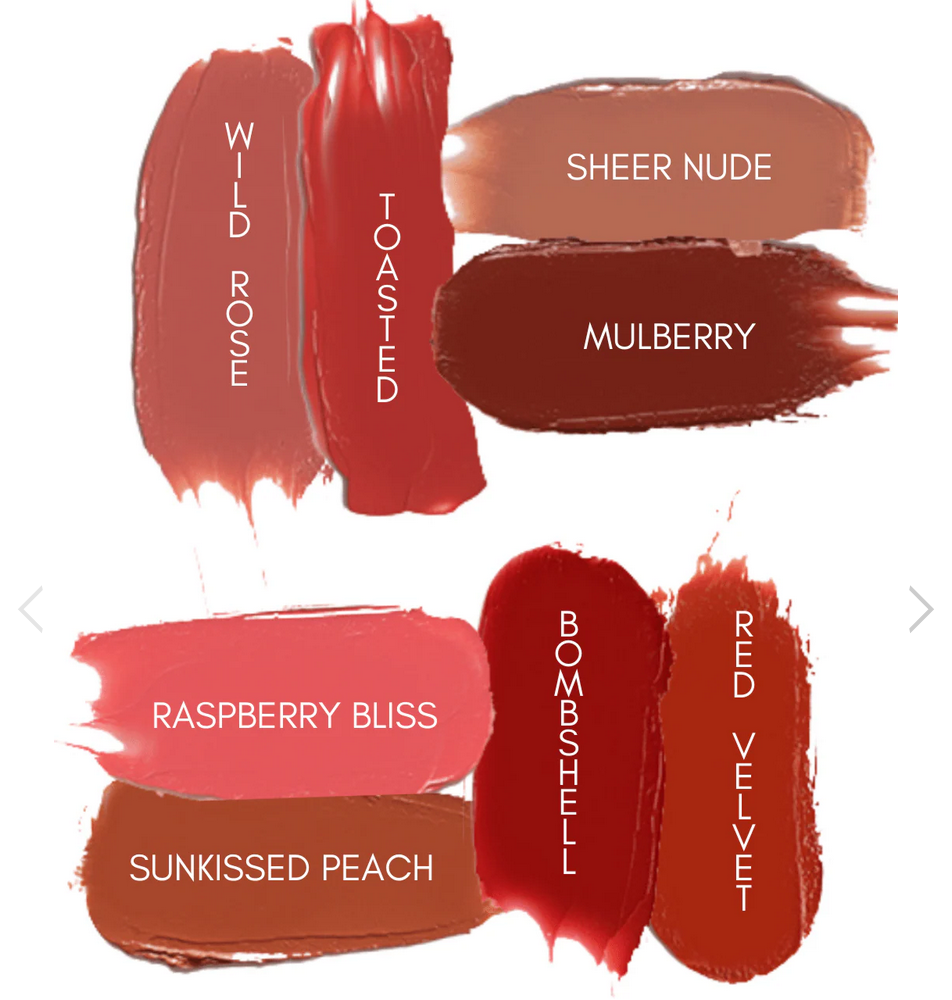
MG Naturals – Titanium Free Lipstick
Made in Australia, vegan, and formulated without titanium dioxide. A clean beauty alternative for conscious consumers.
Shop $22